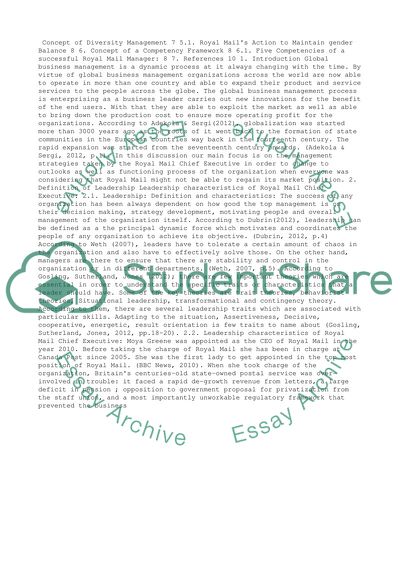Cite this document
(“Royal Mail Assignment Example | Topics and Well Written Essays - 2000 words”, n.d.)
Royal Mail Assignment Example | Topics and Well Written Essays - 2000 words. Retrieved from https://studentshare.org/management/1489850-royal-mail-assignment
Royal Mail Assignment Example | Topics and Well Written Essays - 2000 words. Retrieved from https://studentshare.org/management/1489850-royal-mail-assignment
(Royal Mail Assignment Example | Topics and Well Written Essays - 2000 Words)
Royal Mail Assignment Example | Topics and Well Written Essays - 2000 Words. https://studentshare.org/management/1489850-royal-mail-assignment.
Royal Mail Assignment Example | Topics and Well Written Essays - 2000 Words. https://studentshare.org/management/1489850-royal-mail-assignment.
“Royal Mail Assignment Example | Topics and Well Written Essays - 2000 Words”, n.d. https://studentshare.org/management/1489850-royal-mail-assignment.


